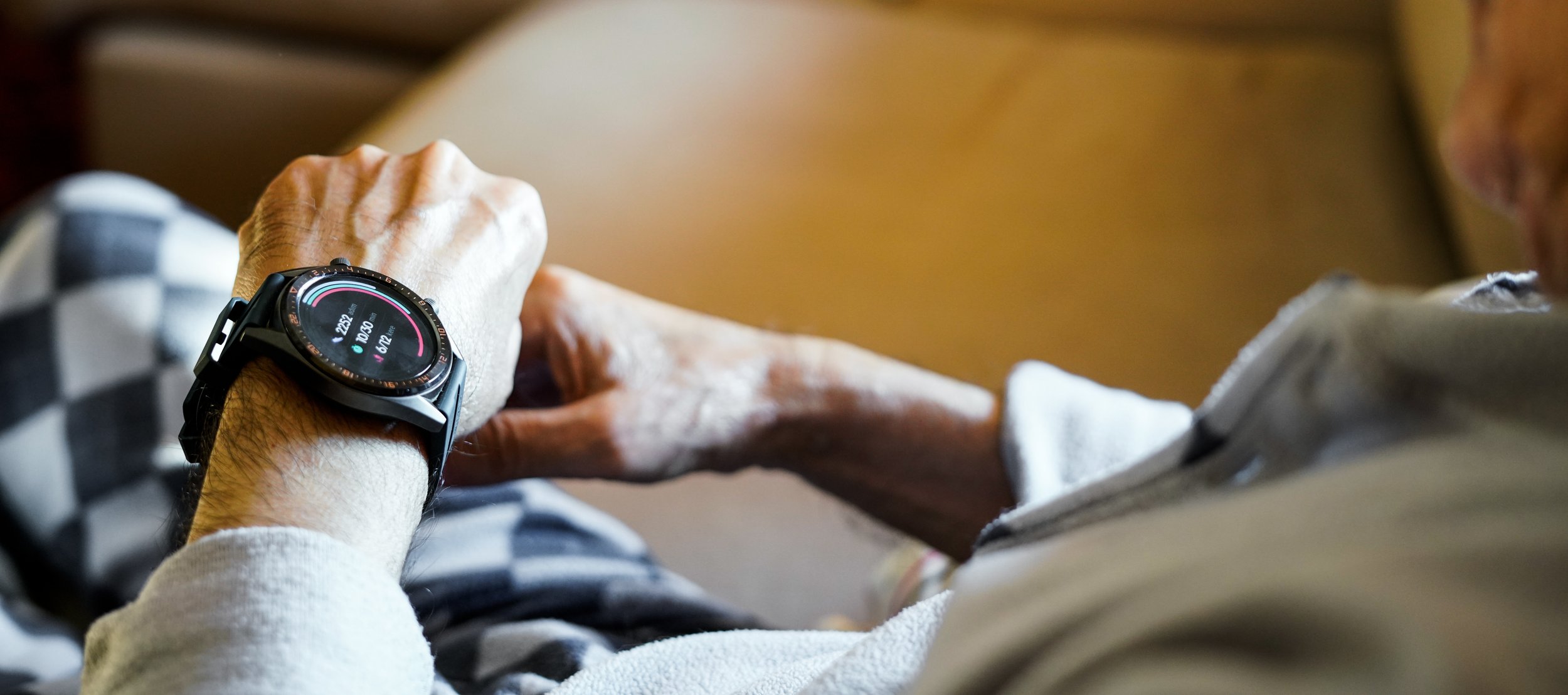Behaviour and communication
Image courtesy of ‘jackfrog’ at Adobe Stock
Speaking or verbal communication makes up only a small part of how people communicate; our words only account for approximately 7% of communication. What we express, and how we do that, makes up the rest. Much of the message is expressed through our non-verbal communication, such as facial expression, posture, gestures as well as the tone and pitch of our voice.
Imagine no longer having the ability to find the words to communicate or understand the words said to you, like going to a country and not speaking the language. Add stress and not understanding the environment to the mix and you will be feeling very frustrated and vulnerable to name only a couple of emotions. Under those circumstances alternative means of communication are required.
When someone has dementia and their problem solving or reasoning abilities are compromised or non-existent then communication becomes even more difficult. In addition, there may be pre-existing barriers to communication, for example cultural, hearing impairment, or learning disability, as well as environmental factors such as noise or unfamiliarity. How do they let you know they are feeling or what they need? A person living with dementia will often exhibit behaviour to try and communicate what they need. As caregivers, we need to try and interpret this, it may not be straightforward, and it may be distressing to all.
In the work of James and Jackson (2017) they identify that the reason for distressed behaviour is because the person has a need which is not being met. This need could be physical, emotional or a belief. Interpreting this behaviour requires patience and understanding, although it may manifest in a way that is aggressive or agitated, this may be and expression of fear, discomfort, or anger. The response may be a valid reaction to the environment as the person with dementia understands it; it may not seem appropriate to us, but it may be entirely logical to the individual with dementia.
So how do we interpret this behaviour and meet their need? There are several things we can have in our ‘toolbox’ to facilitate this:
Get to know the individual’s lifestyle and longstanding routines
Identify any specific situations or events that seem to ‘trigger’ the behaviour – a behaviour recording chart can be used to assist with this
Check that the person does not have impaired hearing or vision, if they do then remedy this
Understand that the sudden loss of function and certain behaviours can be the result of physical illness, which is treatable
Recognise the impact the person’s environment can have on them
People who have dementia are often more prone to stress, but have fewer coping strategies to manage stress than other people. Caregivers should be mindful of this and try to reduce the factors which lead the person to becoming stressed and possibly displaying distressed behaviour. Additionally, knowing the individual well enough through life story may give clues to why they are behaving in a certain way, as well as providing mechanisms for relieving stress or avoiding it.
For example, someone who gets up frequently in the early hours of the morning could be thinking about their occupation; were they a post person, did they work on a farm, a shift worker? Is their reality that they are working age and getting ready for work?
How can you address this and promote positive personhood? Kitwood’s model indicates that for someone with dementia it is important to maintain occupation - that is to have a sense of purpose, and the individual can achieve this by validation of their reality. Implementation of a strategy that embraces this behaviour, rather than being adversarial, can improve quality of life for the individual and reduce the need for pharmacological interventions as well as reducing conflict, stress and distressed behaviour.
DSDC offers training on ‘Stress and Distress’. The next training takes place on 25 October 2022, but you can check our Training and Events page for future dates and our Resources pages for support materials.





